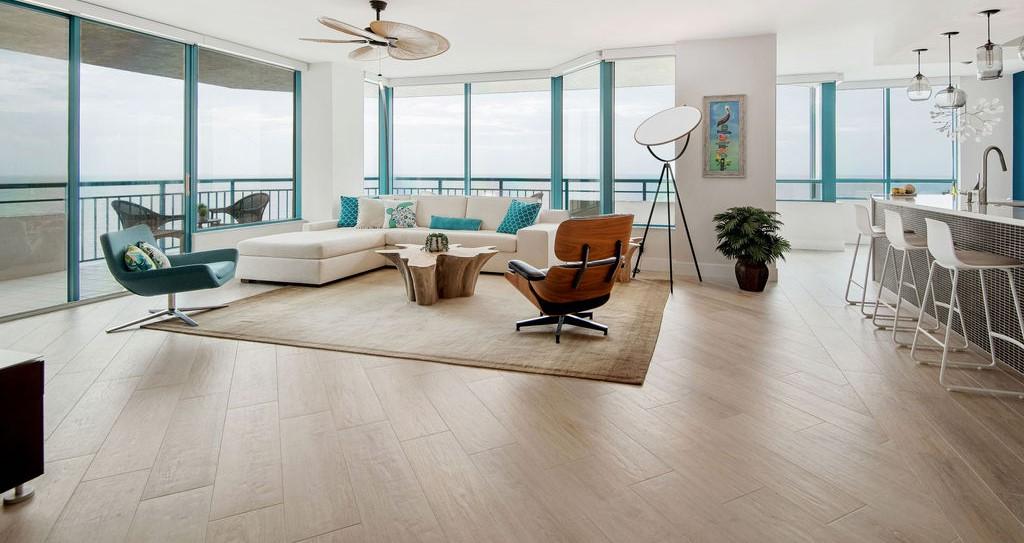A once-controversial, now-celebrated master plan for the North Carolina Museum of Art will be the topic of an online webinar at noon on Thursday, June 9.
Architects Laurie Hawkinson and Henry Smith-Miller will join former NCMA director of planning and design Dan Gottlieb to discuss the artist-designer collaboration.
With artist Barbara Kruger and landscape architect Nicholas Quennell, the architects created the internationally acclaimed 1989 Museum Park Site Plan, “Imperfect Utopia: A Park for the New World.”
“It was an out-of-the-box plan, a model as an indoor/outdoor, physically minded proposal,” says Gottlieb. “It stepped outside the museum walls and invited the community to enjoy the museum and its collection.”
When the artist and architects won an international competition for the master plan in 1988, the Edward Durell Stone-design museum was sited on 164 suburban acres not far from downtown Raleigh. A juvenile prison populated the site, along with cattle and horses from N.C. State’s College of Veterinary Medicine.
The basic idea was for a transformation to programmatic spaces like an amphitheater, then moving into the environment with recreational spaces the public could enjoy in an informal way. “It moved from formal to informal so that people could enjoy multiple parts of it,” Gottlieb says. “They suggested ideas for how to populate the site, manage it, and phase it.”
The plan suggested that its execution could be organic and flexible, based on funding and what was possible. “I made a decision early on with a modification to put recreation at the heart of it, because it was creating a spine for the park that could evolve into collateral projects,” he says.
By 1994 the idea of the amphitheater was notated in the original Perfect/Imperfect plan for performance. “That ended up in 1996-97 with ‘Picture This,’ for a contextualized landscape otherwise known as the amphitheater,” he says. “That was 25 years ago this summer.”
The bold plan reimagined what the museum could be with such a large site – the largest in the nation at the time – and engage the public inside and out. “How does an art museum expand the traditional black box theater?” asks Gottlieb. “And how does an artist work in the landscape?”
The 1980s and early ‘90s was a time of loud and vigorous conversations about ideas like public collaboration, postmodernism, and deconstructivism. “All of that is deeply embedded in the master plan,” he says. “Just look at Henry and Laurie’s deconstructivist architecture for the amphitheater.”
When the plan was completed in 1989, an exhibition was installed to unveil it, in two galleries. “Just before it was to open there was controversy and it never did,” he says. “The state contacted the museum director because they were about to do a Blue Ridge Road master plan – and didn’t want to put the cart before the horse.”
Alas, the public never got to view it. But at noon on June 9, anyone can tune in to hear about that saga – and many more.
Interested? Use this link to join: https://zoom.us/j/99978714305
Webinar ID: 999 7871 4305
For more, go here.
[slideshow id=2449]


